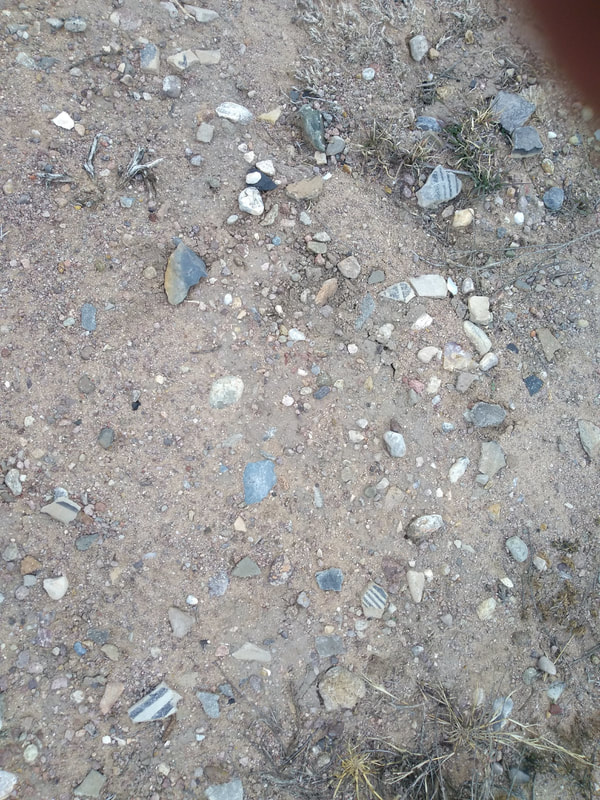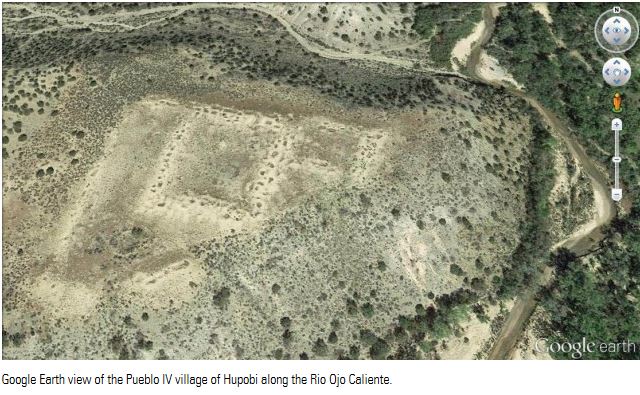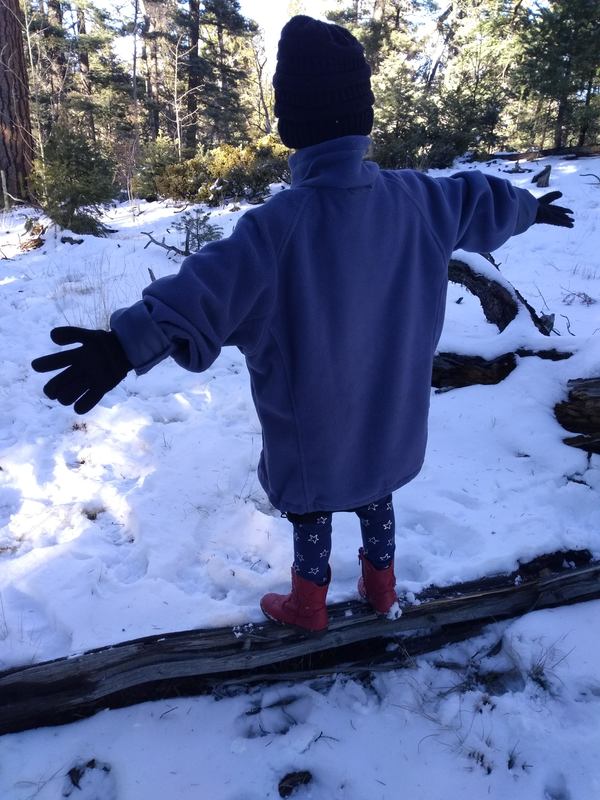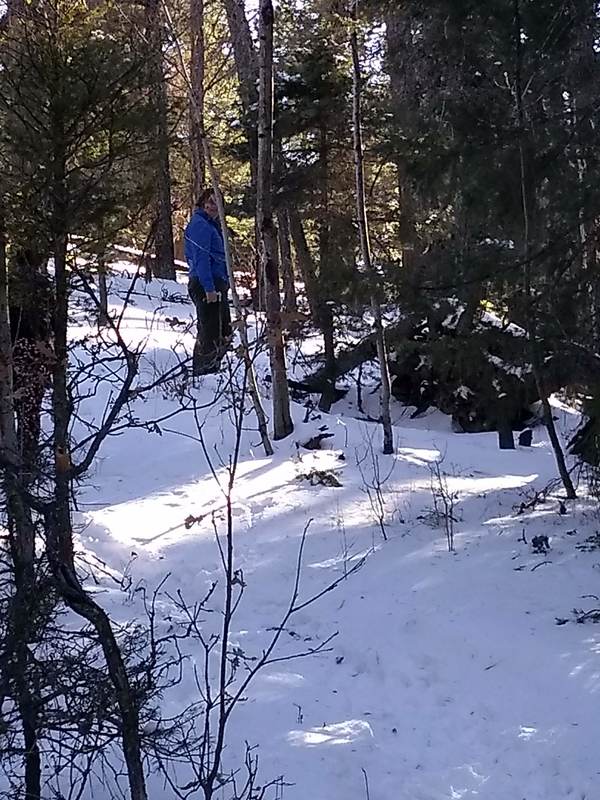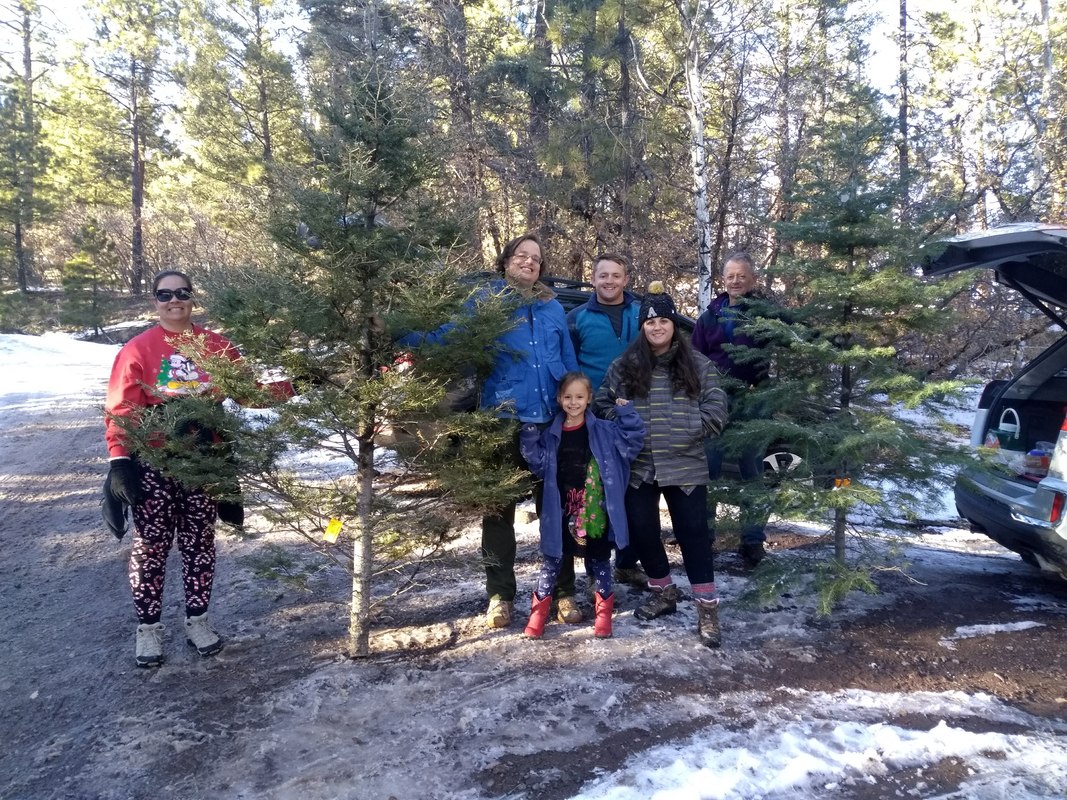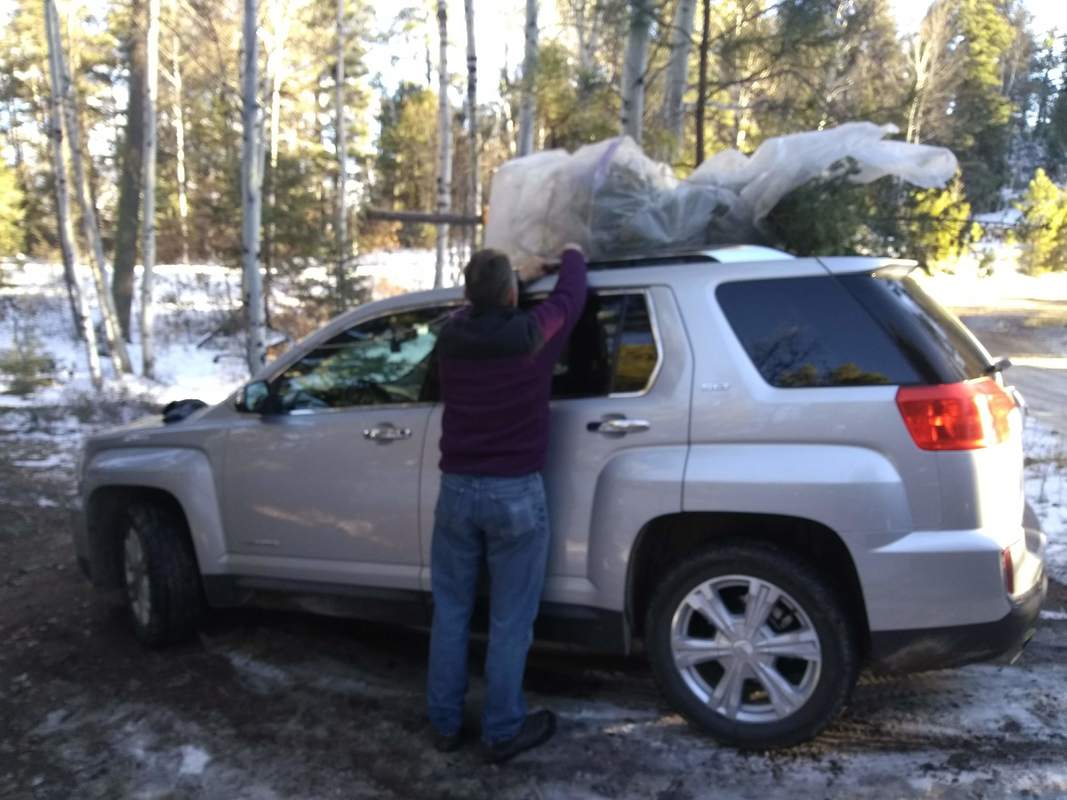
This past summer a dear friend of mine had the good fortune to vacation in France. And I, thanks to the amazing technology of our times, got to see pictures, including the one above, while she was still there.
I emailed back a copy of "In Flanders Fields," which is one of the most famous of World War I poems. (or maybe the exchange went the other way, and I sent her the poem first; we exchanged numerous pictures for poems during her trip.) When she returned, she brought me a beautiful, hand-beaded poppy broach that I am wearing this month to commemorate the 100th anniversary of the end of World War 1.
I emailed back a copy of "In Flanders Fields," which is one of the most famous of World War I poems. (or maybe the exchange went the other way, and I sent her the poem first; we exchanged numerous pictures for poems during her trip.) When she returned, she brought me a beautiful, hand-beaded poppy broach that I am wearing this month to commemorate the 100th anniversary of the end of World War 1.
Unlike many of the poets of World War !, the author of In Flanders Fields was not an English schoolboy with romantic ideas about going off to war. John McCrae was a Canadian surgeon who had previously served in the Boer War in South Africa. While serving with the Canadian First Artillery in Ypres, Belgium, he had to officiate at the battlefield funeral of a young Lieutenant killed by artillery fire. The next day, McCrae wrote this poem while sitting on the back bumper of an ambulance overlooking the make-shift cemetery where poppies grew among the wooded crosses. McCrae, whose lungs had always been weak, died of pneumonia the following year.

In Flanders Fields
In Flanders fields the poppies blow
Between the crosses, row on row,
That mark our place, and in the sky,
The larks, still bravely singing, fly,
Scarce heard amid the guns below.
We are the dead; short days ago
We lived, felt dawn, saw sunset glow,
Loved and were loved, and now we lie
In Flanders fields.
Take up our quarrel with the foe!
To you from failing hands we throw
The torch; be yours to hold it high!
If ye break faith with us who die
We shall not sleep, though poppies grow
In Flanders fields.
In Flanders fields the poppies blow
Between the crosses, row on row,
That mark our place, and in the sky,
The larks, still bravely singing, fly,
Scarce heard amid the guns below.
We are the dead; short days ago
We lived, felt dawn, saw sunset glow,
Loved and were loved, and now we lie
In Flanders fields.
Take up our quarrel with the foe!
To you from failing hands we throw
The torch; be yours to hold it high!
If ye break faith with us who die
We shall not sleep, though poppies grow
In Flanders fields.
Today I am going to present this poem to my eighth grade language arts classes. Tomorrow we will learn about Armistice Day and make paper poppies to wear on our lapels. We will not forget those who died, but hopefully we can find another way of dealing with conflict rather than taking up the quarrel and continuing to carry the torch of war.










